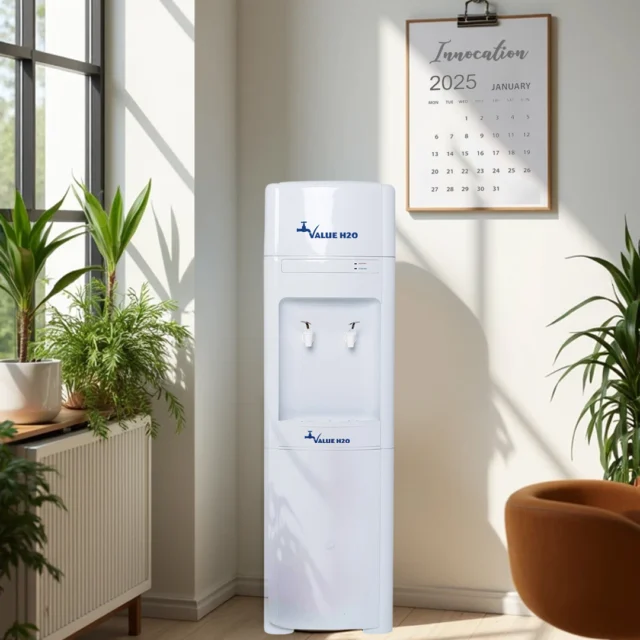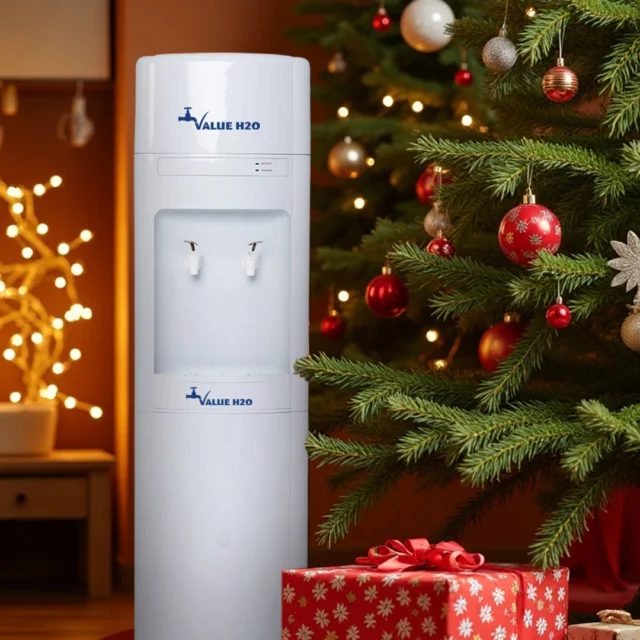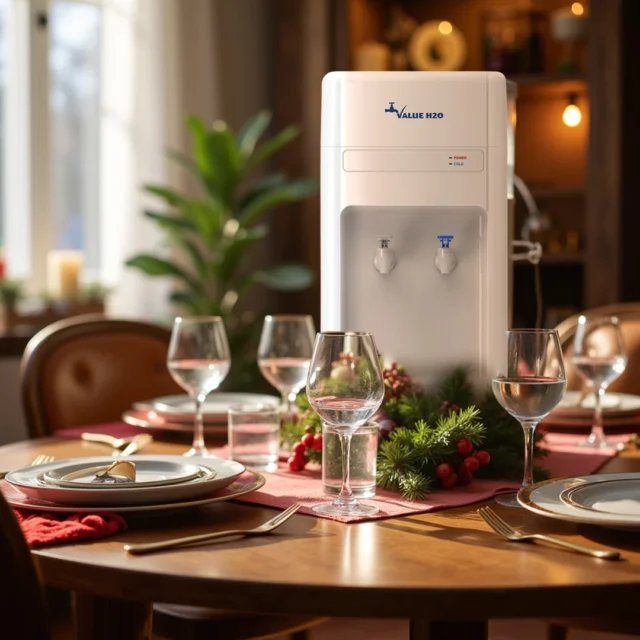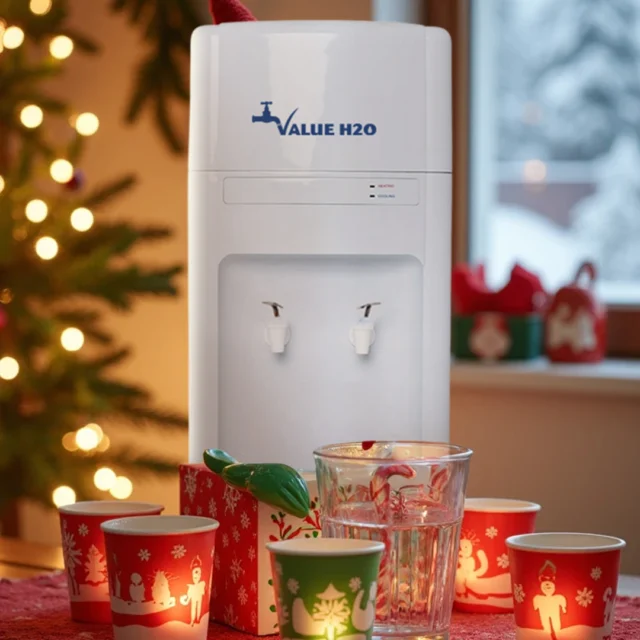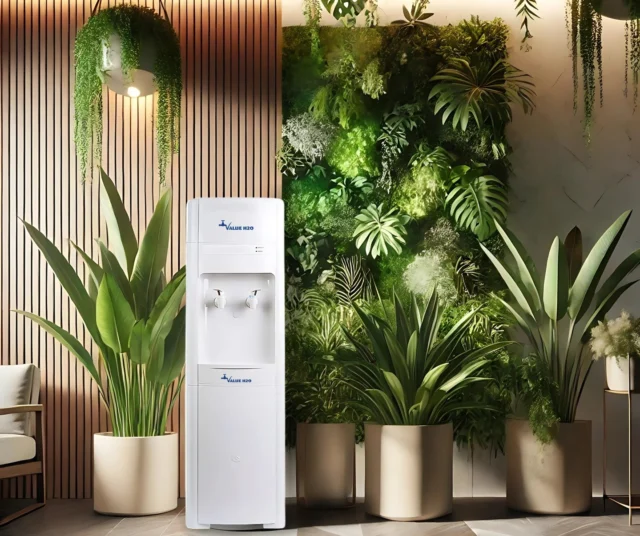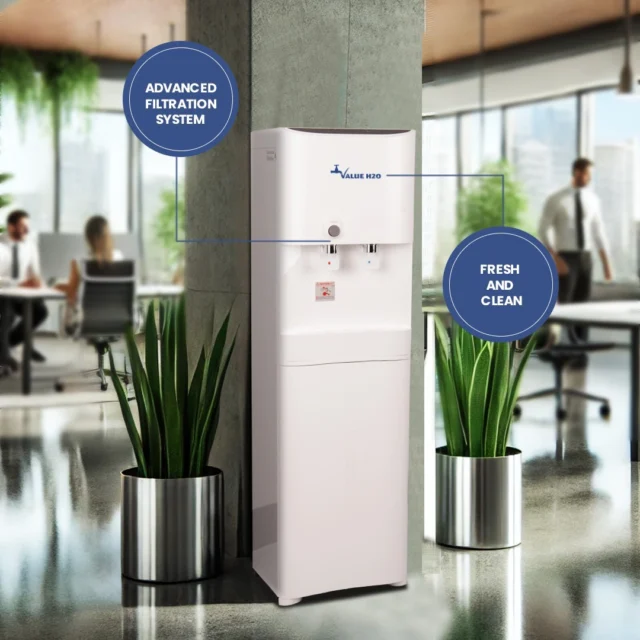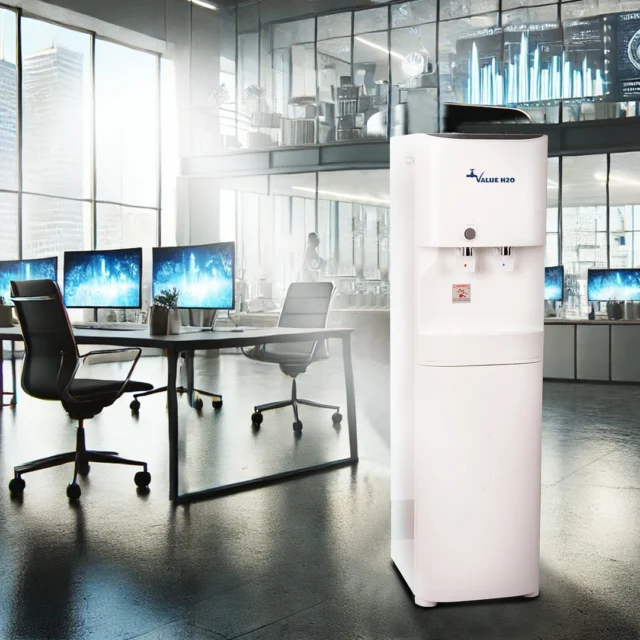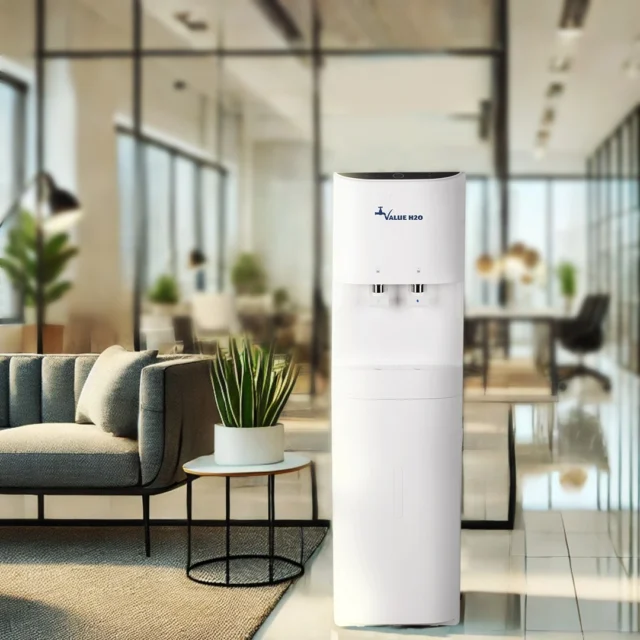In today’s dynamic work environments, fostering collaboration is key to driving innovation, productivity, and a strong company culture. While technology often takes centre stage in connecting teams, there’s one simple, often overlooked tool that plays a significant role in bringing people together—the water cooler.
Beyond being just a source of hydration, water coolers act as natural gathering points where spontaneous conversations spark fresh ideas, strengthen relationships, and break down communication barriers. In this article, we’ll explore how water coolers foster collaboration in modern workspaces and why they remain a timeless feature in office culture.
The Evolution of the Water Cooler in Workspaces
Traditionally seen as a basic office amenity, water coolers have evolved alongside modern workspaces. From small start-ups to large corporate environments, they’ve become more than just hydration stations—they’re now integral to creating inclusive, collaborative spaces.
In open-plan offices and flexible work environments, where casual interactions often lead to meaningful discussions, water coolers serve as informal meeting hubs. They encourage face-to-face connections that virtual chats and scheduled meetings sometimes miss.
The Social Glue: How Water Coolers Encourage Interaction
- Creating Natural Breaks
In fast-paced work environments, it’s easy for employees to get absorbed in tasks without taking necessary breaks. Water coolers provide a natural reason to pause, step away from screens, and engage with colleagues. These moments often lead to spontaneous conversations that foster a sense of community. Additionally, water coolers help reduce single-use plastic waste, promoting sustainability in the workplace. - Breaking Down Hierarchical Barriers
Unlike formal meeting rooms, water coolers create a neutral space where employees from all levels—whether junior staff or executives—can interact casually. This encourages open dialogue and the exchange of diverse ideas, fostering a more inclusive work environment. - Sparking Unplanned Collaboration
Some of the best ideas come from unplanned conversations. A quick chat while refilling a glass of water can evolve into a brainstorming session, problem-solving discussion, or even the next big project idea. Water coolers naturally support this kind of organic collaboration.
The Psychological Impact of Informal Spaces
Informal gathering spots like water coolers positively impact both productivity and employee well-being:
- Improved Mental Health: Casual interactions reduce stress and foster a sense of belonging, which is crucial for mental health in high-pressure environments.
- Increased Engagement: Employees who feel connected to their colleagues are more engaged and motivated.
- Boosted Creativity: Informal conversations can inspire creative thinking by providing fresh perspectives beyond formal work settings.
Why Modern Workspaces Still Need Water Coolers
While remote work and digital collaboration tools are prevalent, physical workspaces remain essential for fostering in-person connections. Water coolers support this by:
- Encouraging cross-departmental interaction in large organisations.
- Promoting micro-breaks that enhance focus and productivity when employees return to their desks.
- Providing a central hub for informal knowledge-sharing beyond structured meetings.
Additionally, water coolers support hygiene and reduce plastic waste through hands-free operation and the elimination of single-use plastic bottles.
Choosing the Right Water Cooler for Your Business
Selecting the perfect water cooler for your business can feel overwhelming with so many options available. However, by focusing on a few key factors, you can make the best choice:
- Water Quality: Prioritise a water cooler that offers high-quality, filtered water to ensure fresh, clean hydration.
- Capacity: Assess employee numbers and water consumption habits to choose a cooler that meets demand without frequent refills.
- Space: Evaluate your office layout to select a model that fits comfortably without crowding the area.
- Budget: Consider both initial costs and ongoing maintenance expenses to find a cost-effective solution.
- Features: Look for features such as hot and cold water options, built-in filters, and energy-efficient designs for added convenience.
Types of Water Coolers
Water coolers come in various types, each offering unique features and benefits:
- Bottled Water Coolers: Ideal for small businesses, these coolers are easy to set up and maintain.
- Plumbed-in Water Coolers: Connected directly to the mains supply, providing a continuous flow of fresh water, perfect for larger offices.
- Filtered Water Coolers: Equipped with built-in filtration systems for clean, cost-effective, and eco-friendly hydration.
- Hot and Cold Water Coolers: Versatile models catering to diverse preferences, from a hot cup of tea to a refreshing cold drink.
Designing Collaborative Spaces with Water Coolers
To maximise the collaborative benefits of water coolers, consider their placement and features:
- Strategic Placement: Position water coolers in high-traffic areas like lounges or break rooms to encourage interaction.
- Accessible Design: Opt for easy-to-use models with touchless dispensing for hygiene-conscious environments.
- Incorporate into Wellness Initiatives: Combine water coolers with wellness spaces to promote health and collaboration.
Value H2O: Supporting Workplace Collaboration
At Value H2O, we understand that hydration is more than just a health need—it’s a catalyst for connection. Our range of bottleless water coolers fits seamlessly into modern workspaces, encouraging natural interaction while providing clean, refreshing water. With energy-efficient designs and advanced filtration systems, our coolers support employee well-being and sustainability goals.
Conclusion: Small Changes, Big Impact
Water coolers might seem like a simple office feature, but their role in fostering collaboration is powerful. They create informal spaces where ideas flow freely, helping build stronger teams, spark innovation, and enhance workplace culture. In an increasingly digital world, the humble water cooler remains a timeless connector—bringing people together, one conversation at a time.
Trust Value H2O to help create workspaces where collaboration thrives, fuelled by the simple act of staying hydrated.
FAQs Answered:
What is the value of water cooler communication to an organisation
Water cooler communication fosters informal, spontaneous conversations that can strengthen team relationships, encourage knowledge sharing, and spark creative ideas. It helps break down hierarchical barriers, promoting open dialogue between employees at all levels, which can lead to better collaboration and a stronger company culture.
What are the benefits of water cooler chat?
Water cooler chats offer several benefits, including improved employee engagement, enhanced team bonding, and opportunities for cross-departmental collaboration. These casual conversations often lead to the exchange of fresh ideas, quick problem-solving, and a boost in morale, contributing to a more connected and productive workplace.
What is an example of a water cooler talk?
An example of water cooler talk might be two colleagues from different departments casually discussing a recent project over a quick water break. This informal chat could lead to sharing unique insights, discovering common challenges, or even sparking ideas for new initiatives—all outside the constraints of formal meetings.
What is water cooler approach?
The water cooler approach refers to creating opportunities for informal, unstructured interactions in the workplace, much like the spontaneous chats that happen around a water cooler. It’s a strategy used to promote organic communication, idea-sharing, and relationship-building without the pressure of formal meetings or structured discussions.
Does a water cooler chat have a negative impact on productivity?
Not at all. In fact, water cooler chats can enhance productivity. While they may seem like brief distractions, these informal conversations provide mental breaks, reduce stress, and often lead to creative problem-solving. They also strengthen workplace relationships, which can improve overall team performance and collaboration.
